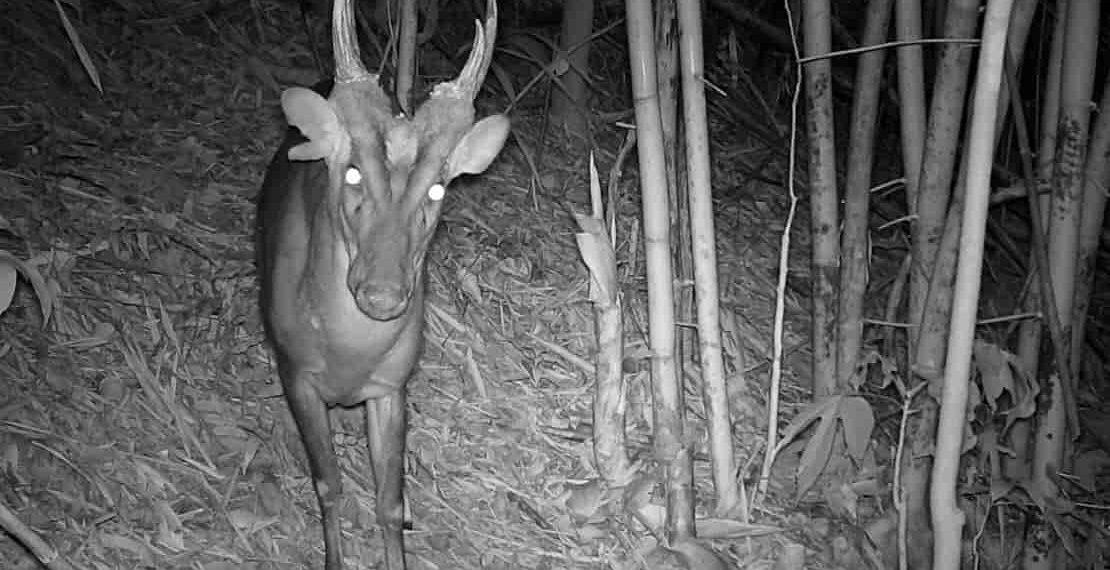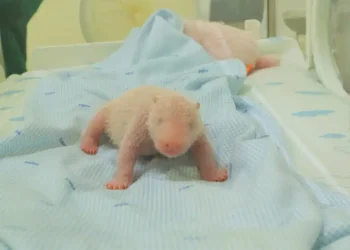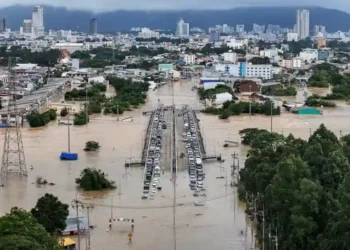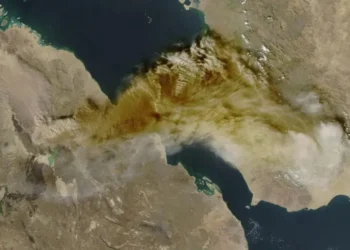Rare Species Discovered in Cambodia’s Remote Virachey National Park
The Annamite Mountains, stretching across Laos, Vietnam, and northeast Cambodia, are celebrated for their unparalleled biodiversity. At the southwestern edge of this range lies Virachey National Park, Cambodia’s largest protected area, covering over 3,000 square kilometers. Despite its size and status, the park has remained largely unexplored—until now.
A groundbreaking biodiversity survey led by Fauna & Flora, an international conservation organization, has unveiled a treasure trove of rare and threatened species residing in Virachey. The findings, published recently, highlight the park’s potential as a sanctuary for some of the world’s most endangered wildlife.
Discoveries: A “Noah’s Ark of Wildlife”
The survey documented numerous rare species, including:
- Sunda pangolin
- Clouded leopard
- Sun bear
Even more remarkable, nine species previously unrecorded in Cambodia were identified, such as:
- The critically endangered large-antlered muntjac
- Sokolov’s glass lizard
- Vietnamese leaf-toed gecko
“This park has the potential to be a stronghold for species on the brink of extinction,” said Pablo Sinovas, Fauna & Flora’s Cambodia Program Director. “It’s kind of a Noah’s Ark of wildlife.”
Threats to Biodiversity
Despite its protected status, Virachey faces significant challenges:
- Deforestation and illegal logging: Cambodia has lost over 30% of its primary forest in the last three decades.
- Habitat fragmentation: Forest degradation disrupts ecosystems.
- Snaring: Thin wire nooses, commonly used to trap animals, pose a grave threat to wildlife.
Evidence of these dangers was captured during the survey. Camera traps revealed injured animals, like Asiatic black bears and northern pig-tailed macaques, missing limbs due to snares.
A Multifaceted Approach to Conservation
Over several years, researchers employed innovative methods to gather data:
- Camera traps: Over 150 cameras captured elusive species, including the large-antlered muntjac, which was photographed in 2021. This marked the first time the species was recorded in Cambodia, though it was first described in Laos and Vietnam in 1994.
- DNA analysis: By testing water samples, researchers identified 161 species, including the endangered dwarf loach and Asiatic softshell turtle.
- Population assessments: The team estimated around 2,000 groups of northern yellow-cheeked crested gibbons, an endangered primate, making Virachey a critical habitat for their survival.
The team also collaborated with local indigenous communities, leveraging their knowledge of the forest. However, even these communities had never explored some of the park’s most remote areas.
Virachey’s Broader Importance
Beyond its role as a biodiversity hotspot, Virachey National Park plays a vital role in climate and community sustainability:
- Carbon absorption: The park contributes significantly to carbon sequestration, mitigating climate change.
- Livelihoods for local communities: Indigenous populations around the park rely on its natural resources. Preserving these resources is essential for sustainable living.
The Road Ahead: Strengthening Conservation Efforts
Sinovas hopes the findings will bolster conservation strategies and improve park management. “Knowing what is present is necessary to protect it,” he emphasized. The survey not only underscores Virachey’s global importance but also charts a path for targeted efforts to safeguard its unique ecosystem.
A Call to Action
Virachey National Park, often referred to as the “Amazon of Asia,” holds immense potential for protecting some of the world’s most vulnerable species. However, urgent action is needed to address the growing threats it faces. By combining scientific research, community engagement, and sustainable practices, Virachey can remain a vital refuge for wildlife and a lifeline for future generations.
This article was rewritten by JournosNews.com based on verified reporting from trusted sources. The content has been independently reviewed, fact-checked, and edited for accuracy, neutrality, tone, and global readability in accordance with Google News and AdSense standards.
All opinions, quotes, or statements from contributors, experts, or sourced organizations do not necessarily reflect the views of JournosNews.com. JournosNews.com maintains full editorial independence from any external funders, sponsors, or organizations.
Stay informed with JournosNews.com — your trusted source for verified global reporting and in-depth analysis. Follow us on Google News, BlueSky, and X for real-time updates.














